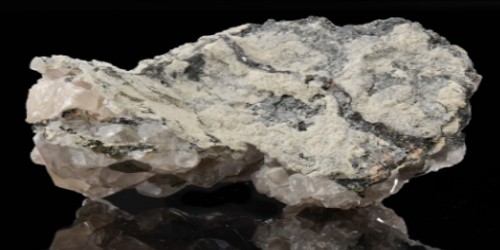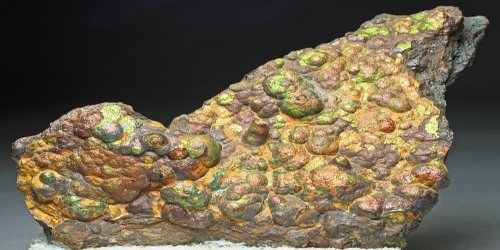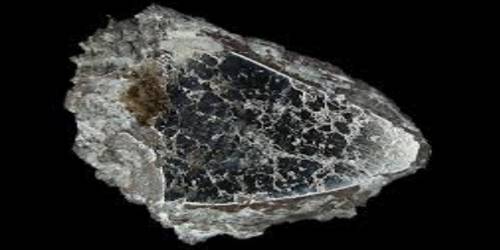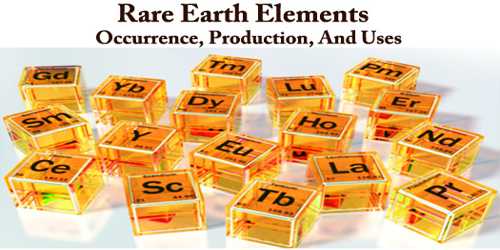Fraipontite is a zinc-aluminum silicate mineral with a formula of (Zn, Al)3(Si, Al)2O5(OH)4. It is a member of the kaolinite-serpentine mineral group and occurs as an oxidation product of zinc deposits. It was first described in 1927 as an occurrence in Vieille Montagne, Verviers, Liège Province, Belgium. It was named for Julien Jean-Joseph de Fraipont (1857–1910), and Charles de Fraipont, geologists of Liege, Belgium.
General Information
- Category: Phyllosilicate
- Formula: (Zn, Al)3(Si, Al)2O5(OH)4
- Crystal system: Monoclinic
- Crystal class: Domatic (m) (same H-M symbol)
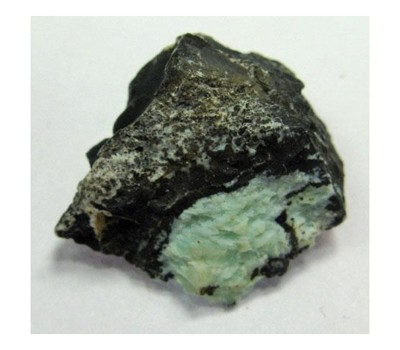
Fig: Fraipontite
Properties
- Color: Blueish, yellow-white light green
- Crystal habit: Fibrous to porcelaneous massive
- Mohs scale hardness: 3.5 – 4
- Luster: Silky
- Streak: White to pale green
- Diaphaneity: Opaque to translucent
- Specific gravity: 3.08 – 3.10
- Optical properties: Biaxial (-)
Occurrence: In oxidized zinc-bearing mineral deposits. It occurs with smithsonite, gebhardite, willemite, cerussite, and sauconite. A synonym of the fraipontite is the zinalsite, which was reported in 1956 for an occurrence in Kazakhstan.
In addition to the type locality in Belgium, it has been reported from Tsumeb, Namibia; Laurium, Greece; Swaledale, North Yorkshire, England; the Silver Bill mine, Cochise County, Arizona, the Blanchard Mine, Socorro County, New Mexico and the Mohawk mine, San Bernardino County, California in the US; and from the Ojuela mine, Mapimi, Durango, Mexico.
Association: Smithsonite (Vieille-Montagne, Belgium); gebhardite, willemite, cerussite (Tsumeb, Namibia); sauconite (Silver Bill mine, Arizona, USA).
Information Source:
